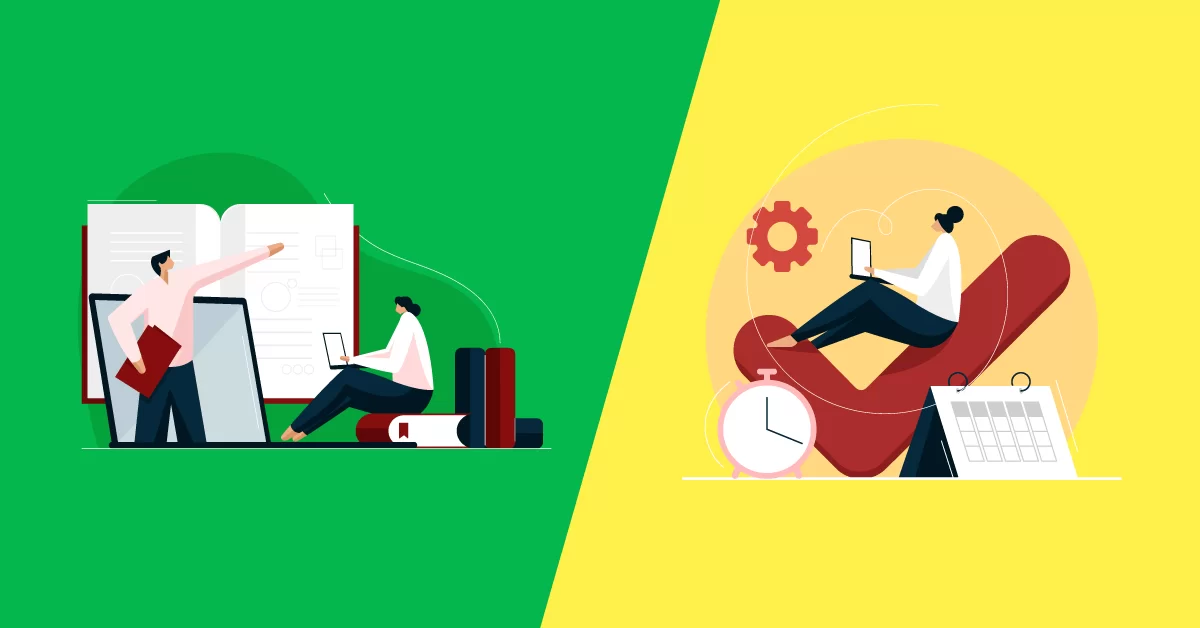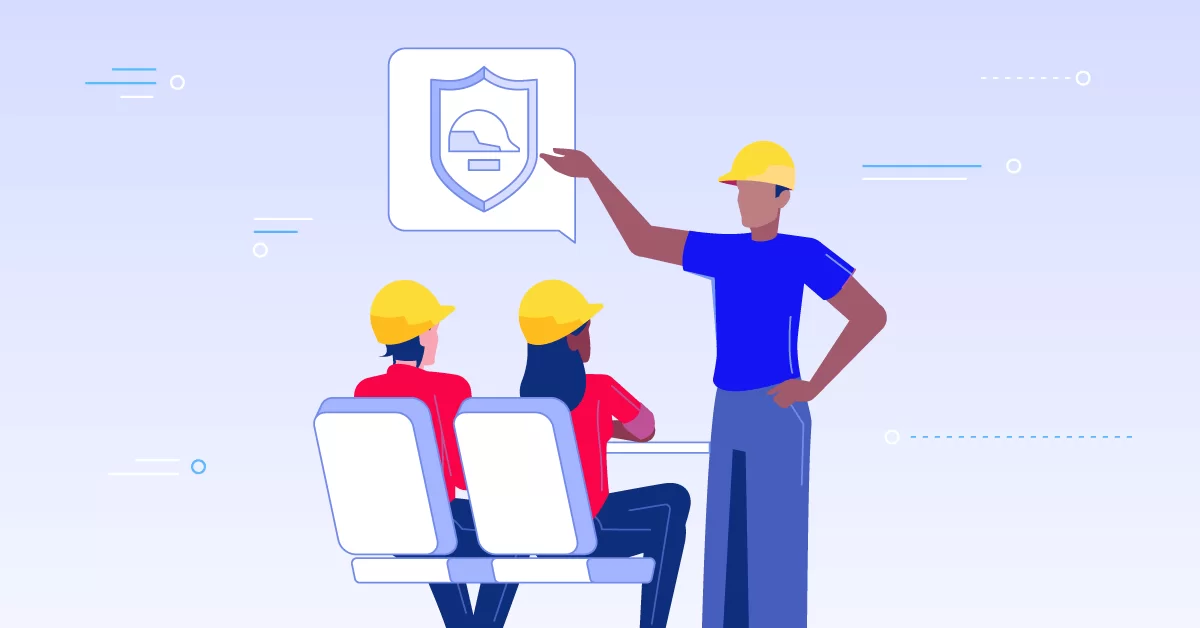
If you read the technical press you might have chanced upon an all too frequent meme that “software is eating the world”, in the sense that it takes out traditional industries: websites versus newspapers, music stores vs record sales, Netflix vs Blockbuster, the list goes on.
When it comes to eLearning, though, it doesn’t seem to be an either-or proposition.
The tremendous rise of eLearning didn’t have any negative impact on traditional educational institutions. In fact, the latter, including big names like MIT and Stanford, have embraced the new technology both in offering eLearning based courses and incorporating elements of eLearning to their regular courses.
In this post we’ll take a look at this second trend, known in the industry as “blended learning”, of leveraging eLearning technology to enhance classroom based education.
Will it blend?
Blended learning, also known as “hybrid” or “mixed-mode”, allows one to combine eLearning material (from presentations to video and multimedia assets) with the traditional educational process.
Blended learning allows educational institutions to enrich their courses, automate tedious course related activities, and track and quantify the students progress. It also allows them to provide additional study material at the students’ own location and pace for greater convenience and fewer costs.
Six of one, half a dozen of the other
One thing to keep in mind about blended learning is that there’s no consensus over a single definition of it. That’s not to worry about: it’s a result of the flexibility that exists in combining traditional and electronic learning elements and the numerous ways you can go about it.
Even at the most basic level there are two possible ways to implement blended learning: either by incorporating eLearning into a traditional classroom based setting, or by incorporating traditional classroom based lectures and labs in an eLearning setting.
In fact, the first case can itself be implemented by either having students use lab computers during class hours, or by having them access your eLearning content at their own location and convenience.
There’s no “correct” way to do it, as it all depends on the needs of the school and how you’ve designed your courses and curriculum.
Whatever you choose though (including “all of the above, for different courses and departments”), a full featured LMS, will make it easy to build hybrid courses that work the way you need them to.
Here are some ways in which you can mix and match traditional learning and eLearning for the benefit of your students:
Automated tests
In traditional learning, tests are no different than their digital version, only dumber. They (usually) contain the same fixed questions for the whole class, which makes it easy to cheat. Plus, they require a whole of a lot of the educator’s time for grading them.
By using an LMS such as eFront you can take all the tedium out of the testing process. Teachers can create a pool of questions (of many different types) and let the software create randomized tests from each student and grade them automatically.
Classroom based lectures
Another common scenario in blended learning is the need to combine online courses with traditional lectures or physical lab time.
This is something that eFront, our flagship LMS product, makes extremely easy. In fact it goes one step further, letting you manage online and offline classes with equal ease and from the same interface.
To assist in this kind of scenarios, eFront includes different classroom courses types, including one that takes place in the physical world (and as such can have limited seats, waitlists, meetings etc.) but is organized and moderated online.
In a lab setting
eFront is also easy to use in a lab setting, as a way for users to have access to course related documents and multimedia inside the school, either at scheduled class hours or at their own pace.
Giving the students access to external material, such as YouTube videos, songs, pictures and news items, is a common need for the modern classroom.
In lots of cases, this is accomplished in a sub par way, for example, by giving students a set of links to check. By incorporating this material in eLearning based lessons instead, the school has better control over the students access to it, compared to just asking them to visit certain YouTube or Wikipedia links.
This also allows the material to be supplemented with additional information provided by the instructor, like short comprehension tests for after they’ve watched a video.
Faraway, so close
Incorporating synchronous communication in typically asynchronous online courses is also considered a variety of blended learning.
This can range from a simple group chat at a predetermined date and time (e.g. to discuss some particular lesson or test results), to a full blown tele-conference based lecture.
eFront comes prepared for those kind of situations too, offering Tele-conference and whiteboard integration that allows for real-time class meetings or face-to-face personal tutoring.
Blend in
Interested? If you’re considering expanding your traditional courses with some eLearning sauce, or maybe adding some classroom based lectures to your eLearning curriculum, eFront has you covered.
Contact us and our blended learning gurus will help you with any questions you might have.
P.S. No inquiries about juice blenders please 🙂


